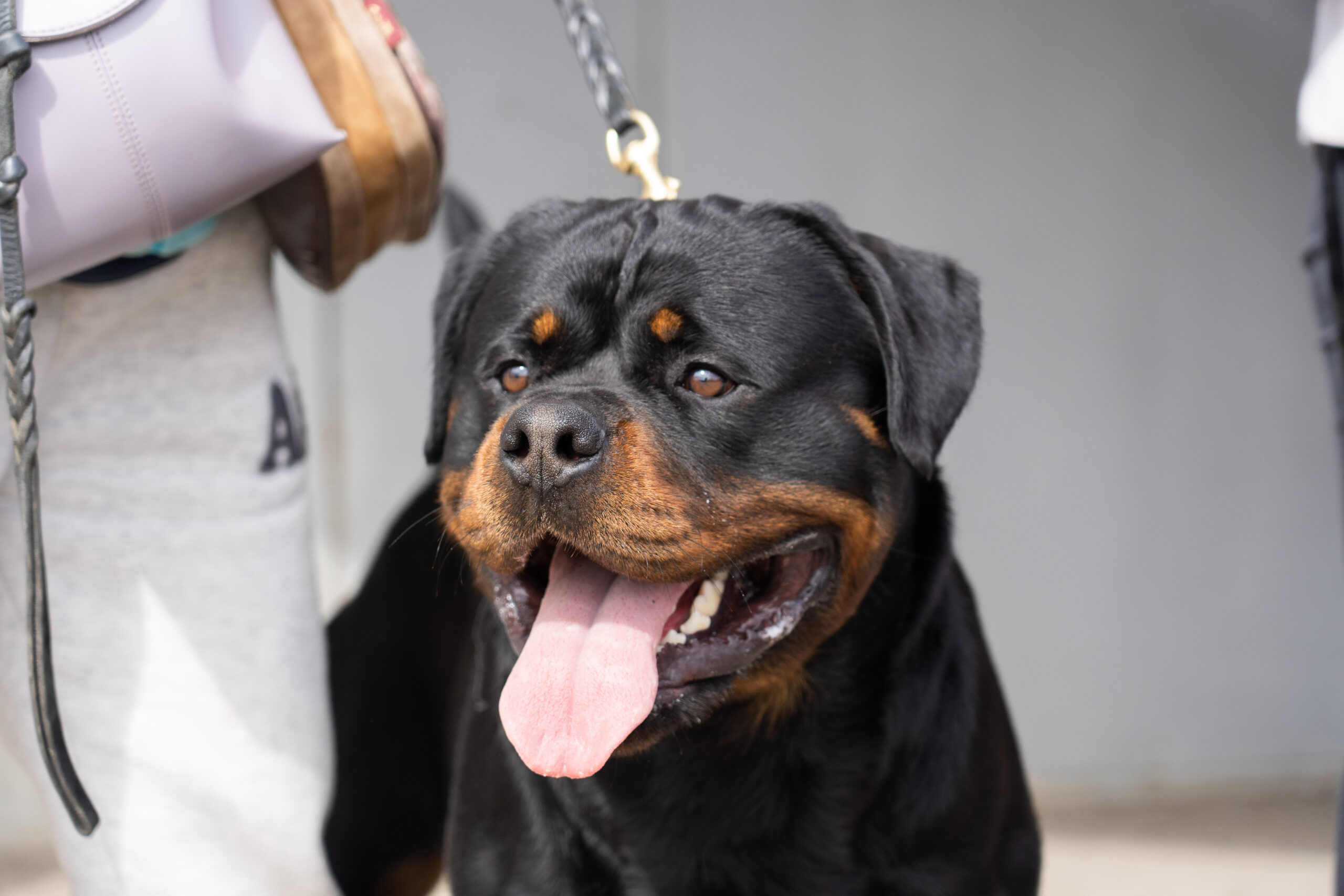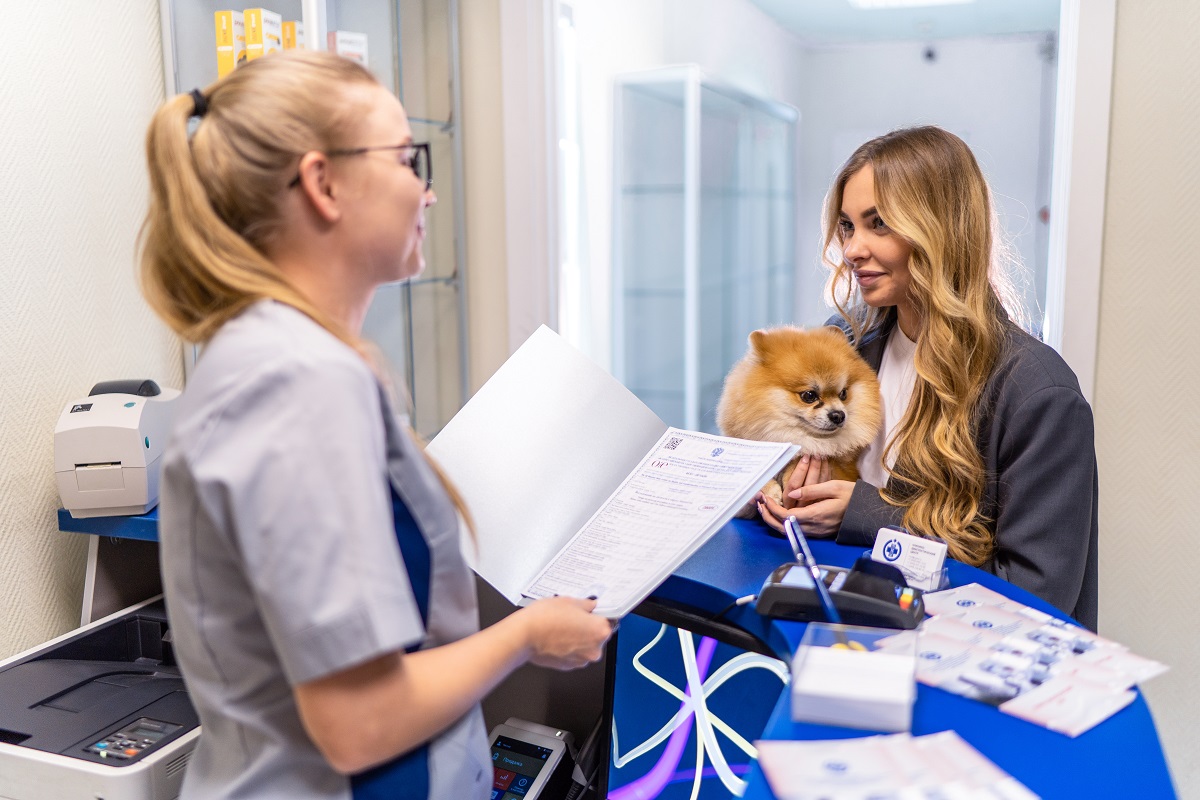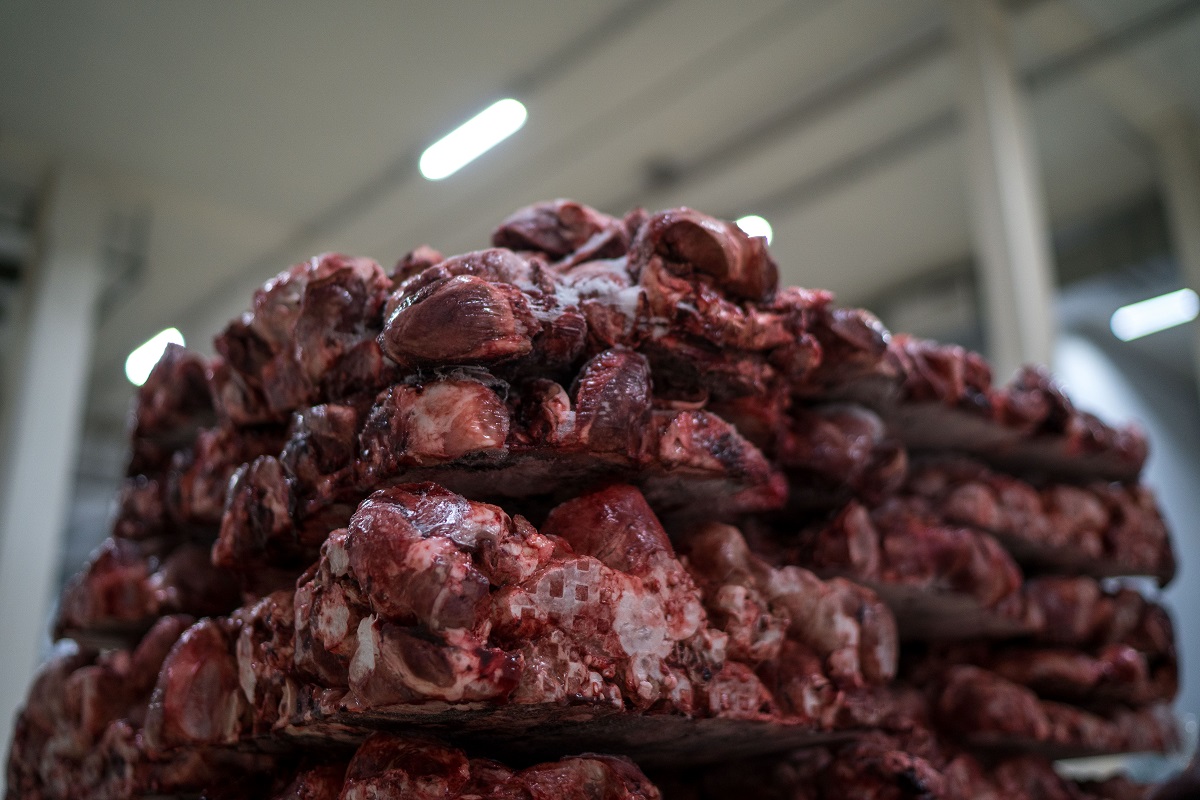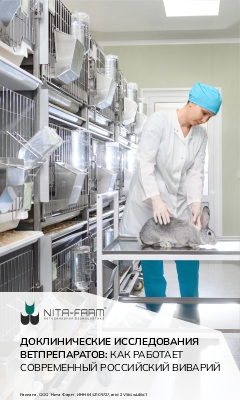To obtain a license, the owner has to complete an educational course in basic dog training. Both a completion certificate and a mental health certificate have to be submitted to the local office of the Interior Ministry.
Besides that, the owner has to obtain the approval of other owners of the apartment, indicating their consent to share living space with a potentially dangerous dog. After that, the license can be granted.
Underage applicants or individuals with repeated records of administrative violations may be denied a license.
The license is issued for 5 years and may be renewed. The license may be canceled at the request of a resident in the event of the death of the dog owner or after repeated violations of the rules for keeping dogs of potentially dangerous breeds. The new application for the license may be submitted only one year later.
A one-time licensing fee is charged. The amount of the fee is to be set by the government. An additional dog registration fee is to be set by the local authorities. It should not exceed the minimum wage. Owners of spayed dogs of potentially dangerous breeds get a 50% discount on the fee.
According to the explanatory note to the document, the number of cases of fighting dog attacks on people has increased recently. Such attacks often result in severe injuries or even the death of the victim.
“The changes provided are aimed at filling the gap in federal legislation by taking the ownership and breeding of dogs of potentially dangerous breeds under control,” says the document. Alterations are to be made to the federal law on the responsible treatment of animals.
Reminder: Dog breeds that are considered dangerous are Akbash, American Bandogge Mastiff, American Bulldog, Brazilian Bulldog, Bully Kutta, Purebred Alapaha Blue Blood Bulldog (Otto Bulldog), Mastiff, wolf-dog hybrids, wolfdog (wolf hybrid), Gull Dong (Pakistani Bull Dog), Pit Bullmastiff, Caucasian Shepherd Dog, and their crossbreeds.









